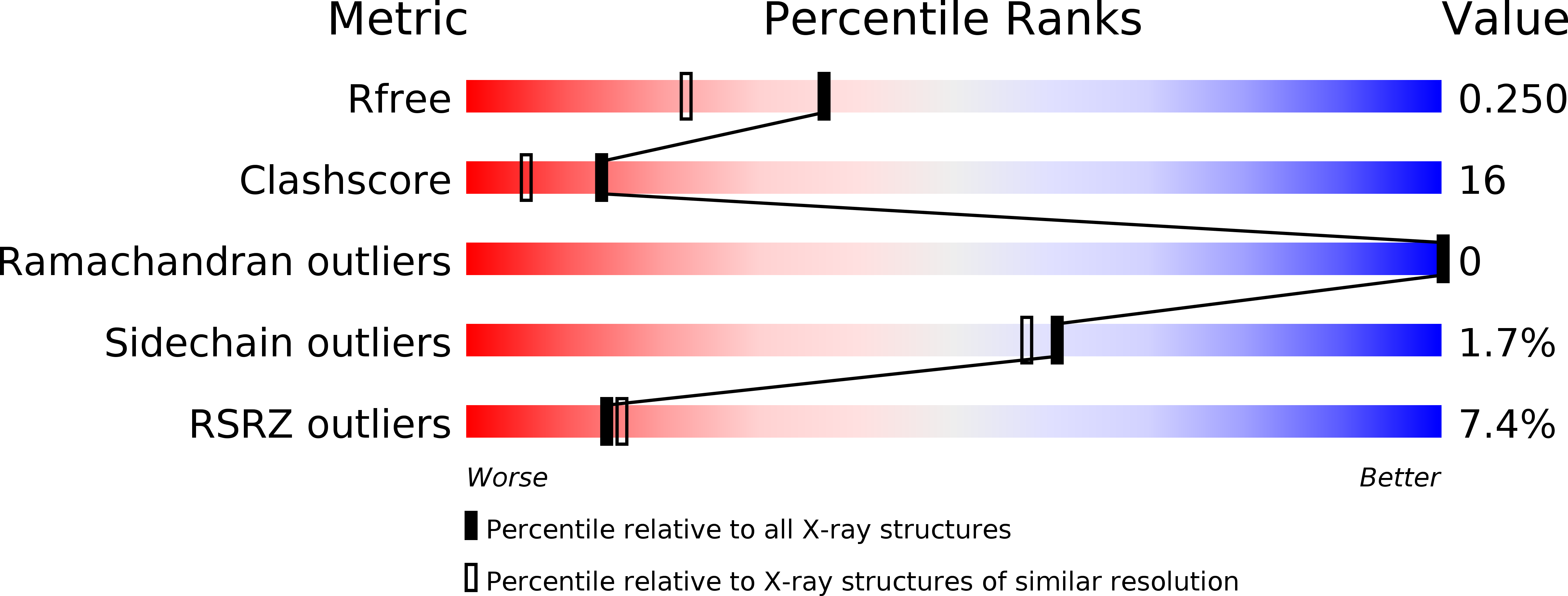
Deposition Date
2013-11-05
Release Date
2014-09-17
Last Version Date
2024-11-20
Entry Detail
PDB ID:
4NI1
Keywords:
Title:
Quaternary R CO-liganded hemoglobin structure in complex with a thiol containing compound
Biological Source:
Source Organism:
Homo sapiens (Taxon ID: 9606)
Method Details:
Experimental Method:
Resolution:
1.90 Å
R-Value Free:
0.25
R-Value Work:
0.20
R-Value Observed:
0.20
Space Group:
P 41 21 2


